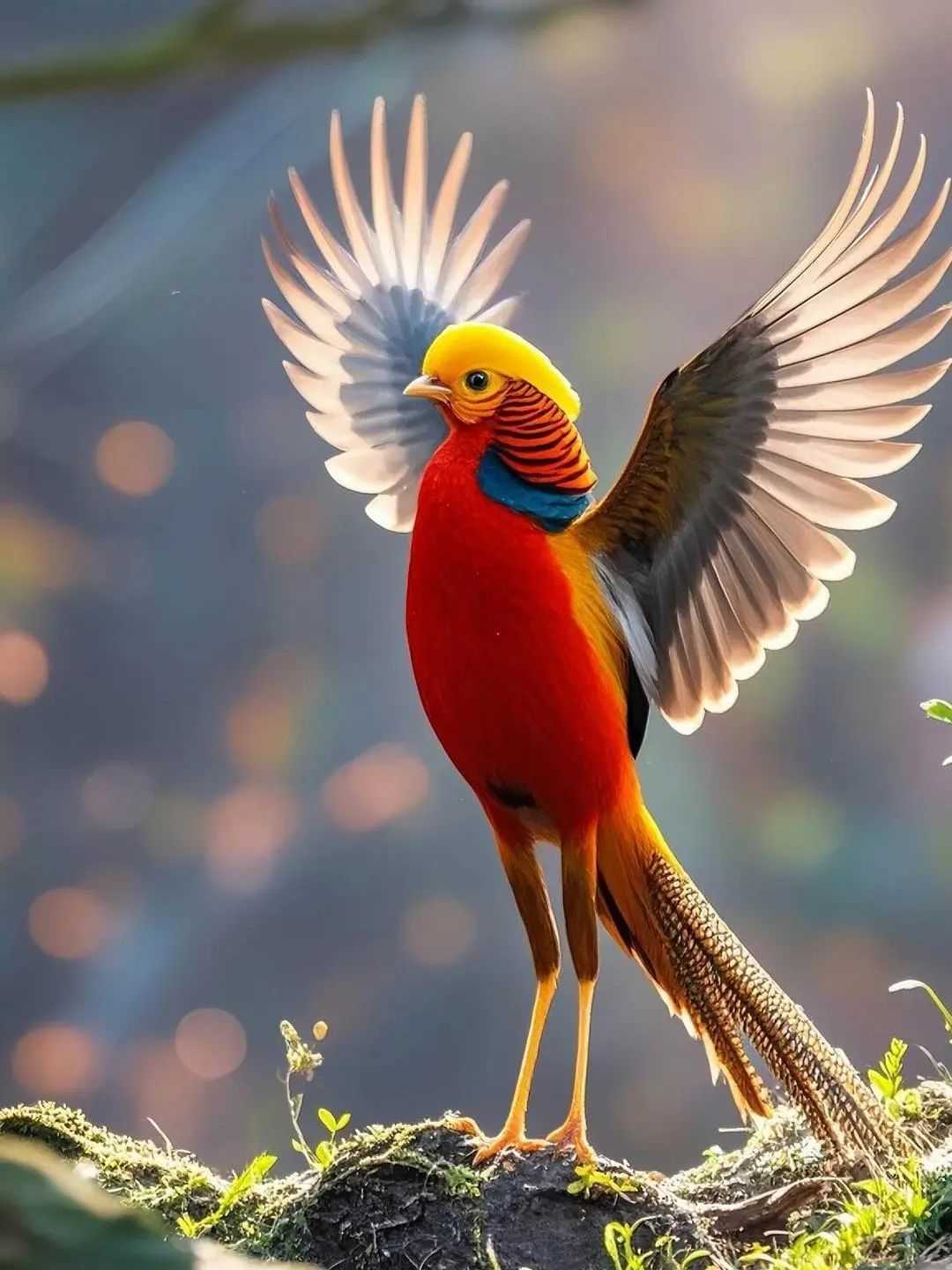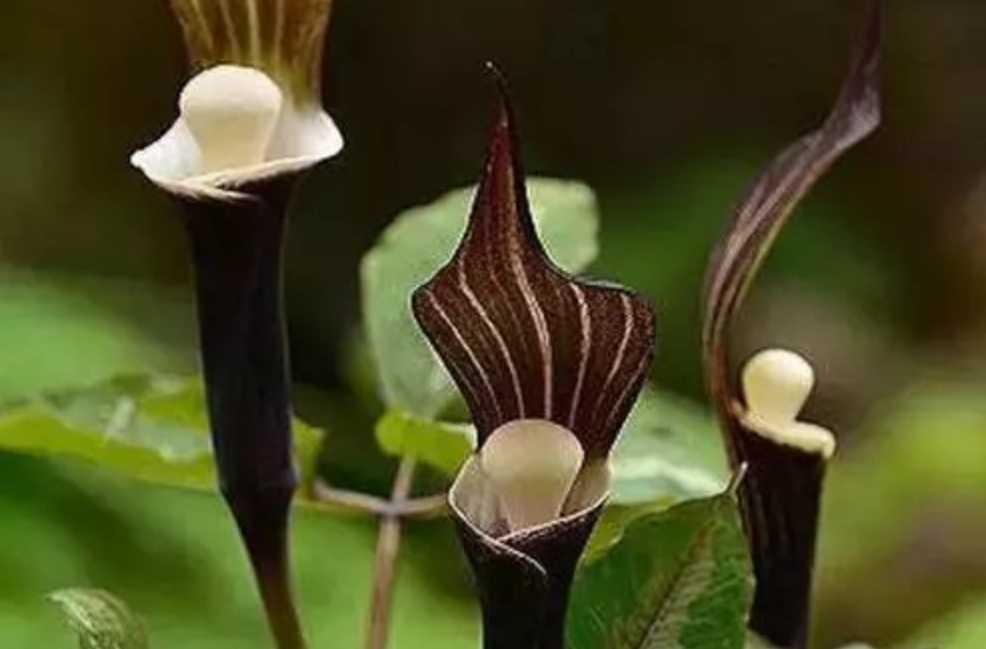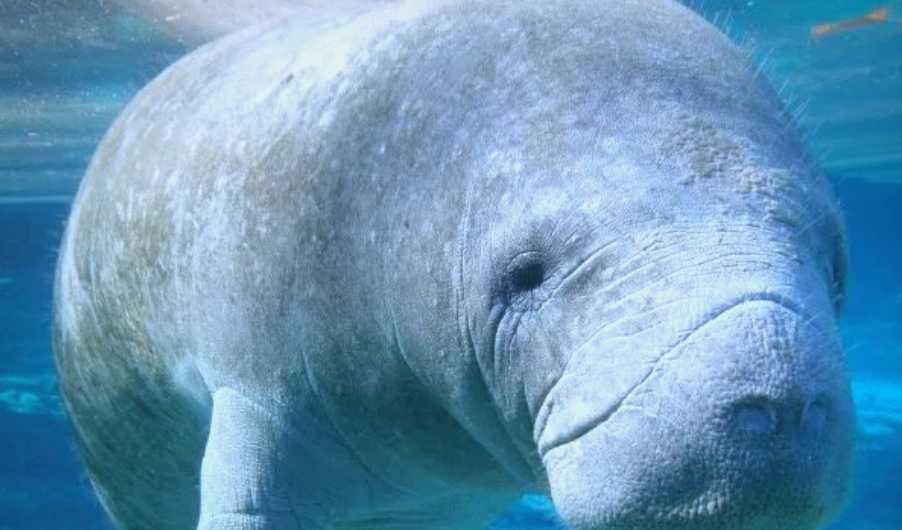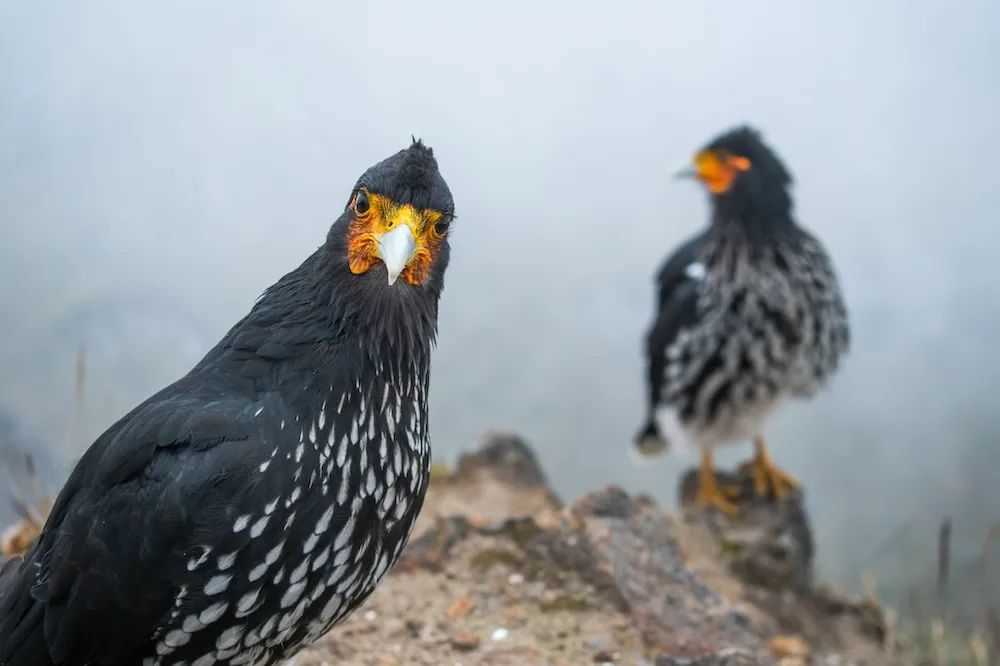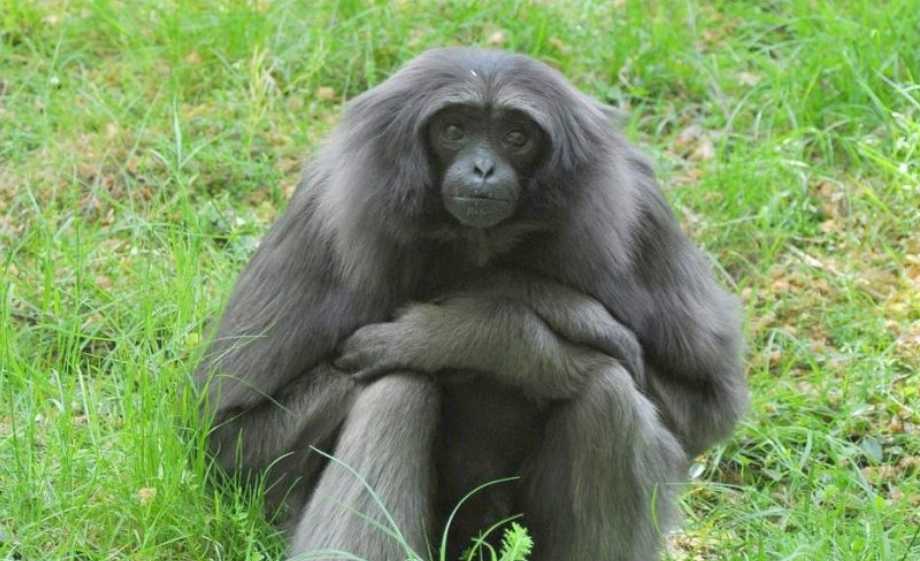The Golden Pheasant: China’s Living Phoenix and Avian Emblem of RoyaltyScientifically named Chrysolophus pictus, this iconic pheasant is endemic to China’s central and western mountain ranges, measuring 80 cm in length and feeding on plant seeds and insects. A national second-class protected animal, it’s long been hailed as the real-world inspiration for the mythical phoenix—an association that elevated it to imperial status in ancient China.
June 30, 2025, 3:14 pm EDT


